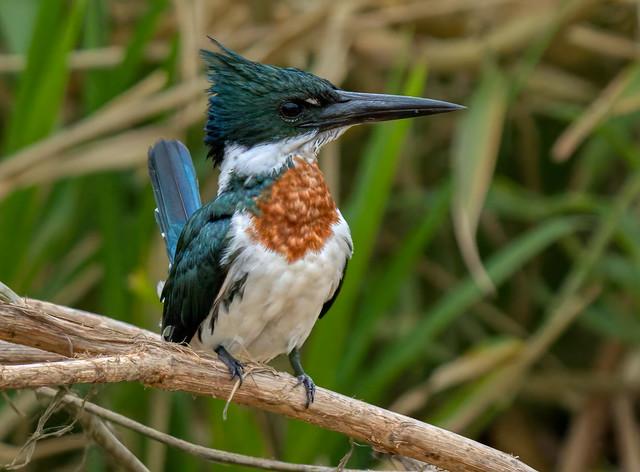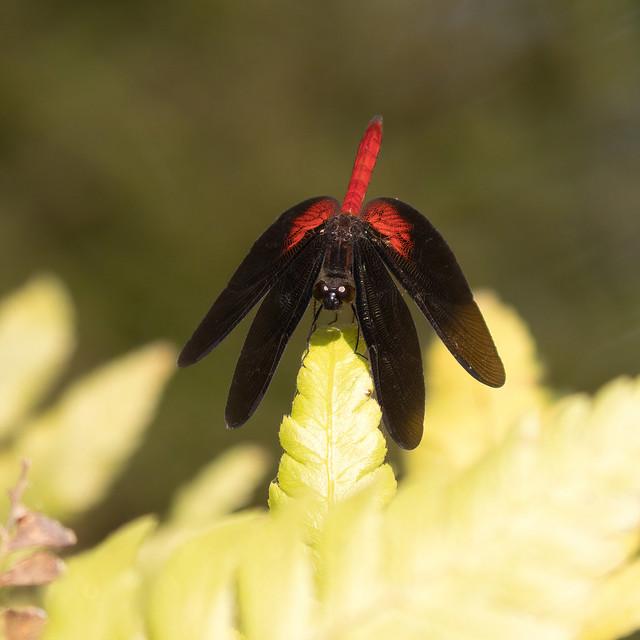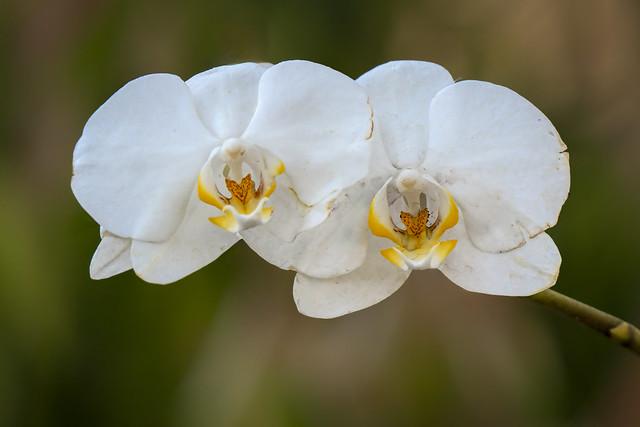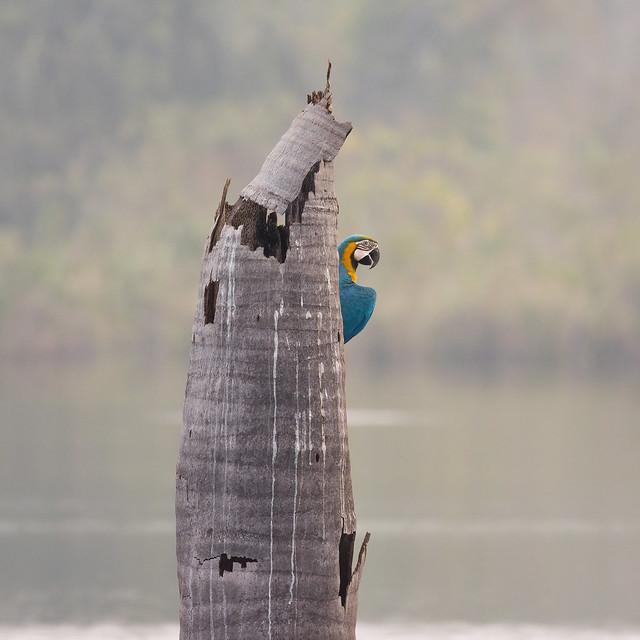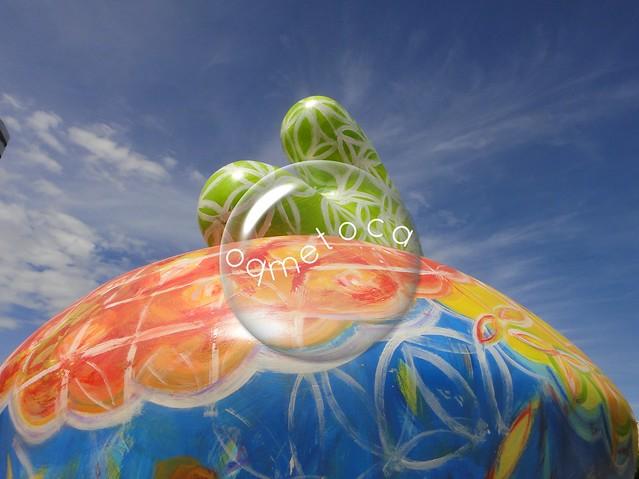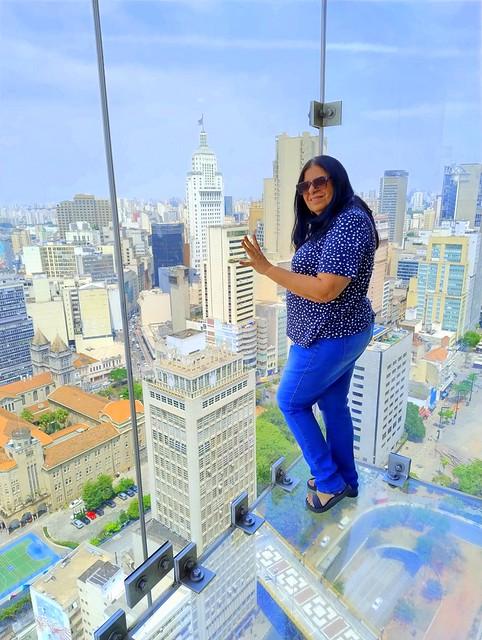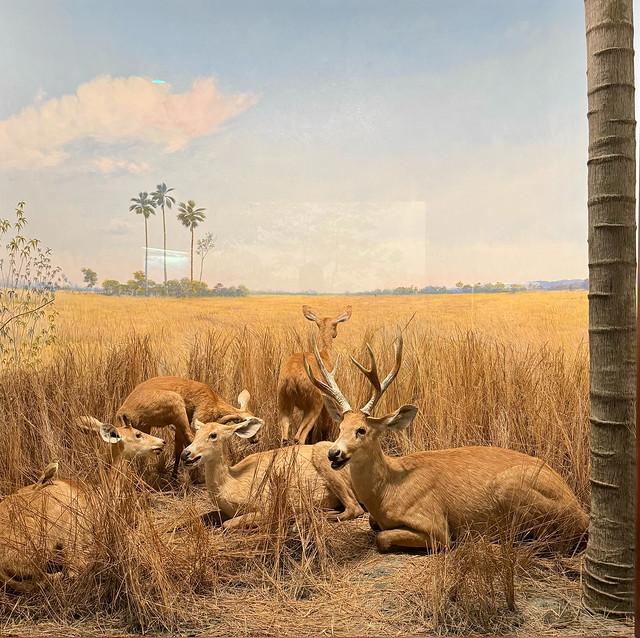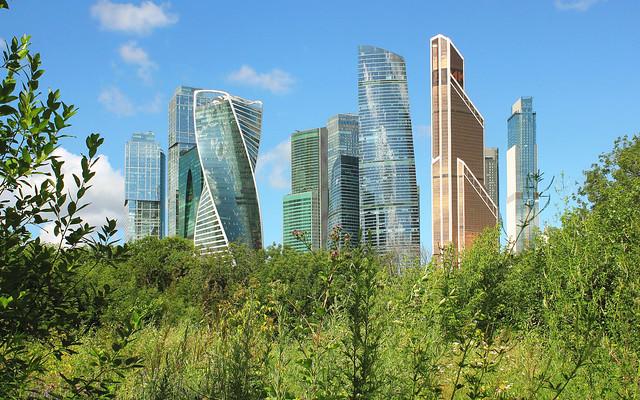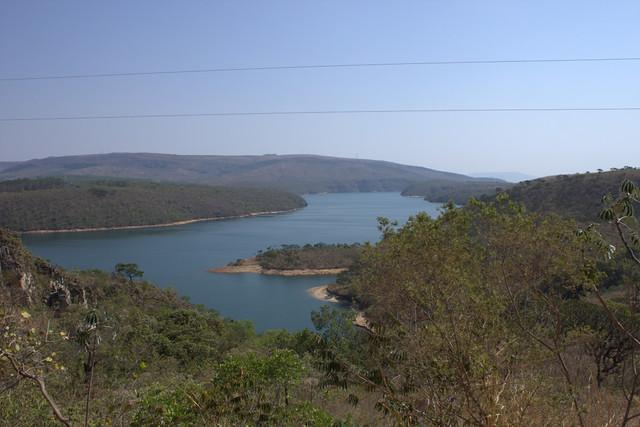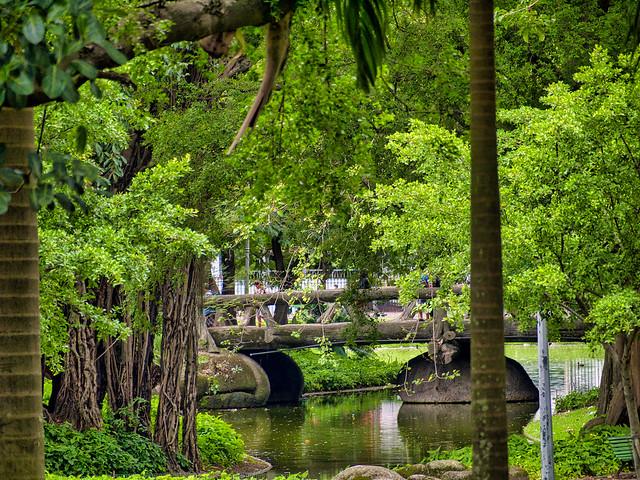Mato Grosso
Overview
Mato Grosso: A Land of Biodiversity and Culture
Mato Grosso, one of Brazil's largest states, is a captivating tapestry of diverse ecosystems, vibrant cultures, and rich history. Located in the central-western region of the country, it is bordered by the Amazon rainforest to the north and the Brazilian savanna to the south. This unique position makes it a significant area for both ecological diversity and cultural intersections. The state's name, which translates to "Thick Forest," reflects its lush landscapes ranging from dense jungles to sprawling wetlands and rolling hills.
The atmosphere in Mato Grosso is one of serene beauty, punctuated by the sounds of nature. Travelers can explore the iconic Pantanal, the world's largest tropical wetland, renowned for its wildlife. The Pantanal is a UNESCO World Heritage site, teeming with exotic animals like jaguars, capybaras, and hundreds of bird species. It presents an incredible opportunity for eco-tourism, with guided tours and lodges offering a chance to experience the breathtaking scenery and unique wildlife up close. The interaction with nature here is profound, with the changing seasons transforming the landscape and the behavior of its inhabitants.
Cultural Heritage and Local Traditions
Mato Grosso is a cultural melting pot, influenced by indigenous tribes, Portuguese settlers, and immigrants from Europe and Asia. This blend has created a rich cultural heritage that is evident in the food, music, and festivals of the region. The state capital, Cuiabá, is a hub of cultural activities where travelers can experience local cuisine such as Maria Isabel (a rice and meat dish), Peixe na Telha (fish baked on a wooden platter), and delicious tropical fruits. The vibrant markets and street fairs are perfect for sampling traditional dishes and purchasing handmade crafts that reflect the local artistry.
Events like the Festa do Peão de Barretos and Festa de São Benedito showcase the state’s rich traditions through music, dance, and community gatherings. Traditional music genres such as sertanejo and folklore performances resonate through the towns, bringing people together in celebration. Visitors can immerse themselves in the local culture by participating in dance and music workshops or simply enjoying the lively atmosphere in the town squares.
Historical Significance
Historically, Mato Grosso has played a vital role in Brazil's expansion and development. The region was a strategic area during the gold rush in the 18th century, attracting fortune seekers and settlers. Cities like Pontes e Lacerda and Chapada dos Guimarães were founded during this period and still retain many colonial-era buildings that speak to their rich past. The Chapada dos Guimarães National Park, with its stunning cliffs and waterfalls, also holds archaeological significance, with evidence of ancient indigenous settlements.
Today, the legacy of this history can be explored through museums and heritage sites, allowing travelers to gain insight into the lives of the early settlers and indigenous peoples. The blend of past and present creates a unique narrative, enriching the travel experience as visitors understand the evolution of this captivating region.
Local Characteristics and Adventures
The local characteristics of Mato Grosso are defined by its warm hospitality and the spirit of adventure that pervades the region. The locals, known as Mato-grossenses, are proud of their heritage and are often eager to share stories and traditions with visitors. The sense of community is palpable, and travelers are often welcomed with open arms, making it easy to feel at home in this diverse state.
Adventure seekers will find plenty of activities to engage in, from trekking through the dense forests to relaxing by the rivers or exploring the breathtaking waterfalls. The Serra do Roncador is a must-visit for hikers, offering stunning views and unique geological formations. Fishing in the rivers and lakes also provides an opportunity to connect with nature while trying your hand at catching local species.
In conclusion, Mato Grosso is a vibrant region where nature, culture, and history intertwine. Its unique landscapes, rich traditions, and warm-hearted people create an unforgettable experience for travelers seeking to explore the heart of Brazil. Whether you are wandering through its national parks, savoring local delicacies, or learning about its historical significance, Mato Grosso promises a journey filled with discovery and inspiration.
How It Becomes to This
History not available

You May Like
Explore other interesting states in Brazil
Discover More Area
Delve into more destinations within this state and uncover hidden gems.


